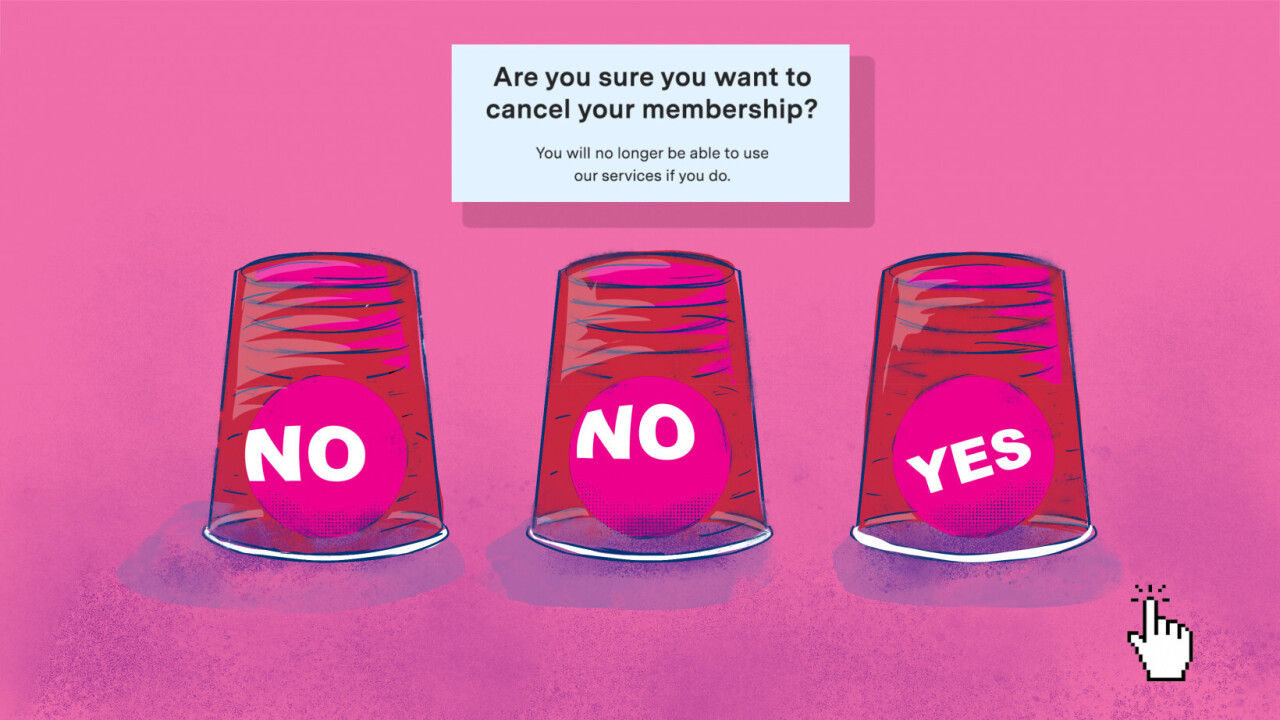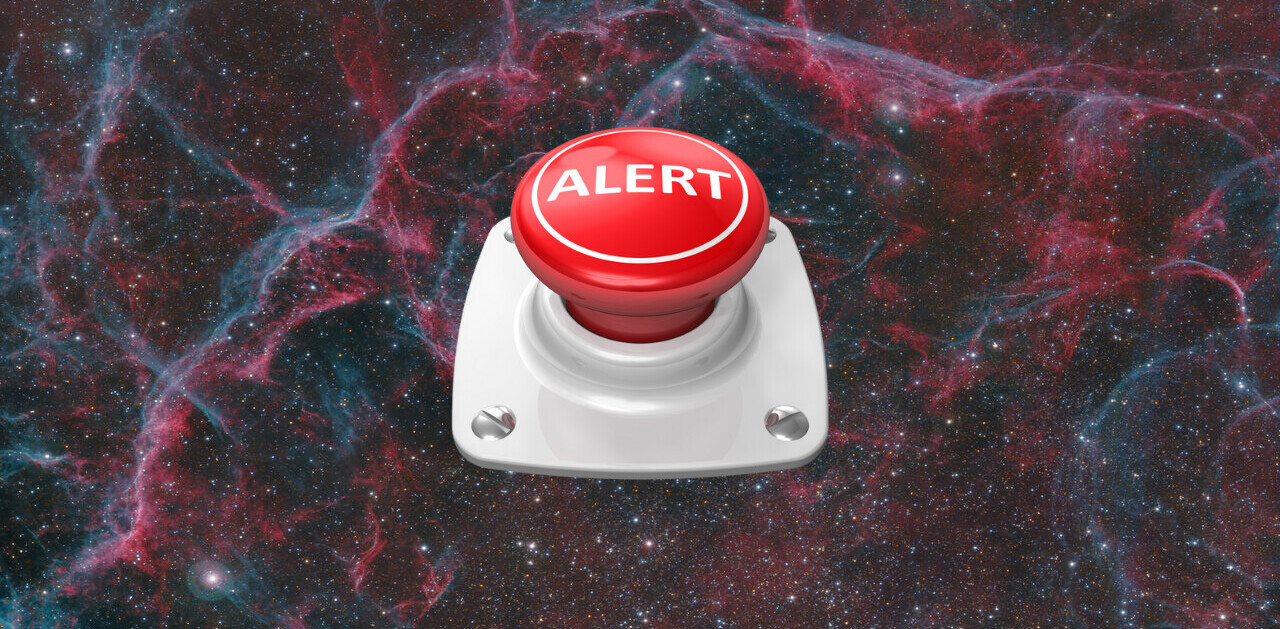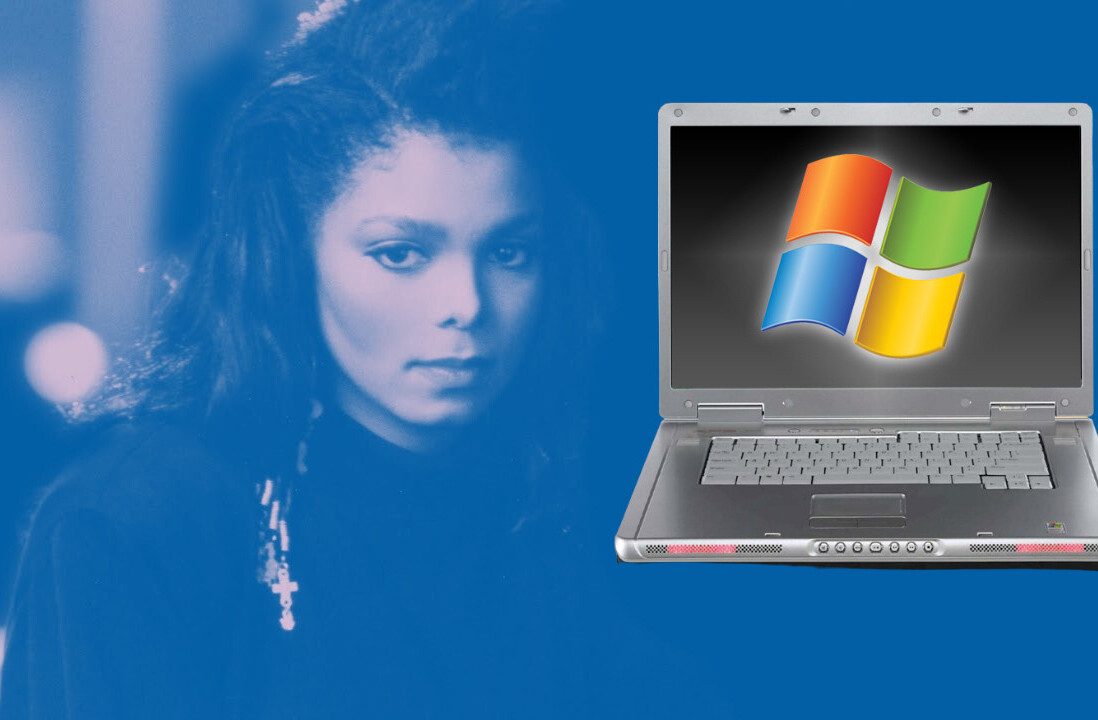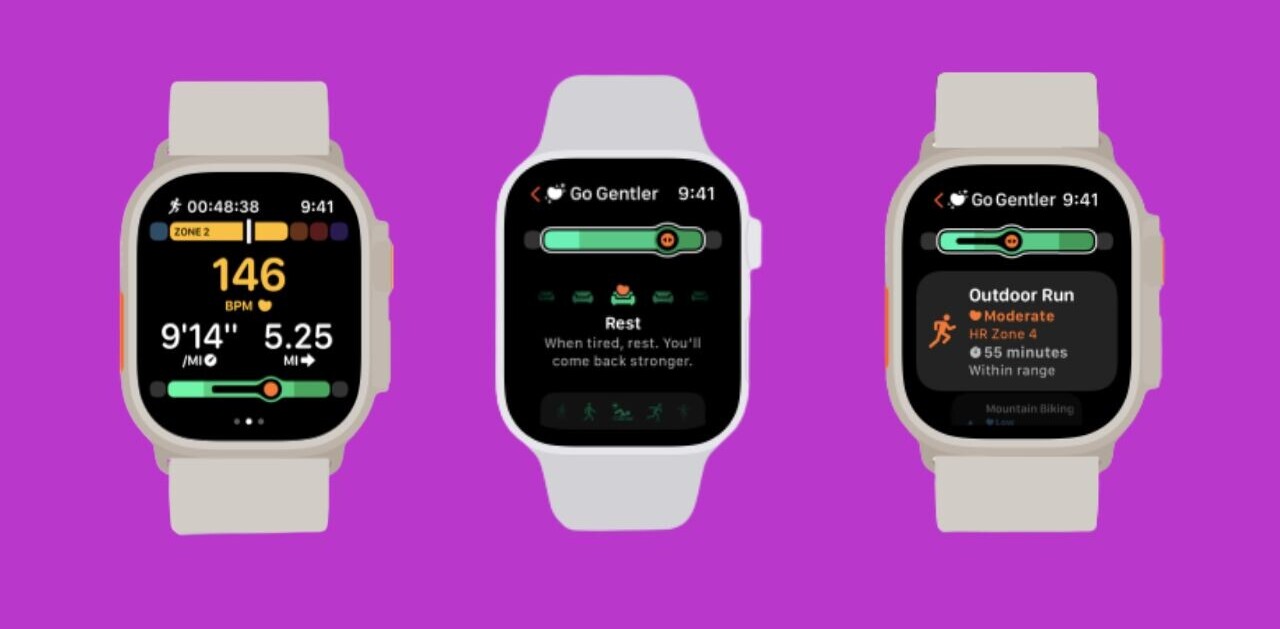In January 2018, Kelly Ross, a mother of three in Washington, D.C., saw a charge from the children’s education app, ABCmouse, which her kids hadn’t used for nearly four years. She thought she had canceled her subscription and called the company asking why she’d received a bill for about $50.
She remembered the company responded that she should have read the fine print. It wasn’t until Ross called the company out on Twitter that she got a refund, but the experience still frustrates her years later.
“I felt duped in some way because behind the scenes of this wholesome image in this company, they use these deceptive practices,” Ross said. “It should have been more straight-up to be able to cancel it and be done and not have my information on file.”
Ross had stumbled across a dark pattern—design choices that steer people into decisions they may not have made under normal conditions. They can take the form of a visual cue like a subscribe button that’s much larger than an opt-out button, or hidden information on pages that people don’t read.
Last September, ABCmouse reached a $10 million settlement with the Federal Trade Commission over its automatic subscription renewals for customers who signed up under a free trial. The company paid out refunds to more than 200,000 people.
“The facts do not support the FTC’s broad claims, and the vast majority of ABCmouse customers are highly satisfied with their memberships,” Kathryn Green, a senior director of communications for ABCmouse’s parent company, Age of Learning, said in an email. “While we cannot comment on litigation, we want every family to have a great experience with ABCmouse and regret any confusion that any subscriber may have had.”
The FTC’s actions come amid growing concerns about dark patterns. The FTC held a workshop on the practice in April, and Sen. Mark Warner, a Democrat from Virginia, and Rep. Lisa Blunt Rochester, a Democrat from Delaware, have said they intend to reintroduce the DETOUR Act to regulate dark patterns.
Tech giants are also facing legal challenges over dark patterns. In January, after researchers accused Amazon of making it too difficult for Prime members to cancel their subscriptions, the Norwegian Consumer Council filed a legal complaint with Norway’s consumer protection authority, while the U.S. consumer advocacy group Public Citizen requested that the FTC investigate Amazon’s dark patterns for maintaining subscriptions. In 2015, LinkedIn settled a lawsuit for $13 million over dark patterns in which it collected new users’ email contacts through deceptive design. The weight loss app Noom faces an ongoing federal lawsuit in the Southern District of New York by a group of consumers who claim they were automatically enrolled into pricey plans.
“Customer trust is at the heart of all of our products and services and we strongly disagree with any claim that our cancellation process creates uncertainty,” Amazon spokesperson Jena Boehnke said in an emailed statement.
LinkedIn spokesperson Leonna Spilman said in an emailed statement that the company works to help members understand how they can manage their information.
“Responsible design is a well-established principle at LinkedIn that has informed our engineering and product development process for years,” she said.
Noom didn’t respond to a request for comment.
In March, California passed a law banning dark patterns, but only for interfaces related to opting out of data collection from the state’s data privacy law.
Harry Brignull, who coined the term back in 2010, said dark patterns have gotten worse.
“I’d hope by naming and shaming these companies and bringing it to light, it would somehow magically make it go away,” Brignull said. “I thought there would be less dark patterns 10 years later. In fact, now, there’s way more than ever before.”
He now runs DarkPatterns.org to crowdsource and call out submitted dark patterns.
Can you spot dark patterns? Take our quiz at the end of the original article published on The Markup, and see how you do.
This article by Alfred Ng and Sam Morris was originally published on The Markup and was republished under the Creative Commons Attribution-NonCommercial-NoDerivatives license.
Get the TNW newsletter
Get the most important tech news in your inbox each week.





